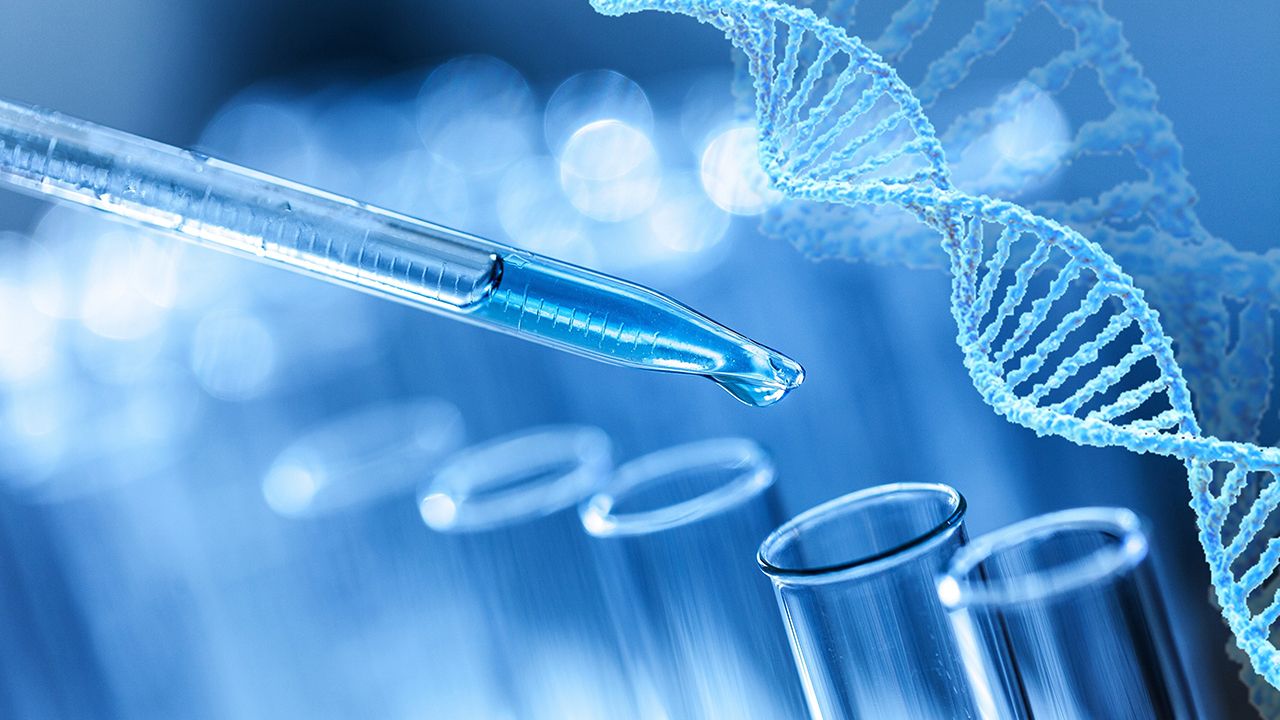News
Article
University of Oxford Chemists Develop Method for Vaccine Authenticity Screening
Author(s):
The approach makes use of clinical mass spectrometers that are already available in hospitals around the world.
Science laboratory test tubes , laboratory equipment | Image Credit: © BillionPhotos.com - stock.adobe.com

Several academic departments at the University of Oxford have collaborated on a new and multifaceted way to combat substandard or falsified vaccines, the risk of which these researchers say is growing and poses a threat to global public health. The method they propose uses matrix-assisted laser desorption/ionization–mass spectrometry (MALDI-MS), which identifies components of a sample by giving the constituent molecules a charge and then separating them, combined with open-source machine learning to create a multi-component model that can differentiate between authentic and fake vaccines (1).
In a press release on Aug. 28, 2024, which summarized research recently published in the journal npj Vaccines, the University of Oxford said the method could be carried out by clinical mass spectrometers already in use in hospitals worldwide, which would help to address what the researchers said was an “urgent need” for better monitoring of the global vaccine supply chain (1,2).
“This innovative research provides compelling evidence that MALDI-MS techniques could be used in accessible systems for screening for vaccine falsification globally, especially in centers with hospital microbiology laboratories, enhancing public health and confidence in vaccines,” said Paul Newton, study co-author and professor of tropical medicine at the Centre for Tropical Medicine and Global Health, also a part of the University of Oxford, in the press release.
The university’s Vaccine Identity Evaluation collaboration, which began during the early stages of the COVID-19 pandemic, was created to help crack down on both counterfeit vaccines and those considered substandard, usually due to improper temperature storage (3). Raman spectroscopy and rapid diagnostic testing are some of the other approaches the collective has considered in the last several years in addition to MALDI.
"We are thrilled to see the method’s effectiveness and its potential for deployment into real-world vaccine authenticity screening,” James McCullagh, study co-leader and professor of biological chemistry at Oxford, said in the press release. “This is an important milestone for the Vaccine Identity Evaluation consortium which focuses on the development and evaluation of innovative devices for detecting falsified and substandard vaccines, supported by multiple research partners including the World Health Organization, medicine regulatory authorities, and vaccine manufacturers."
Billions of vaccine doses are used every year in immunization campaigns across the world, according to the Oxford press release, and although the overwhelming majority are of excellent quality, those that are not can have serious health impacts not only for failing to treat the disease for which they were intended, but also causing death in some cases, and eroding public confidence in vaccines (1). The MALDI-MS method, the researchers said, was able to distinguish between legitimate vaccines for the likes of influenza, hepatitis B, and meningococcal disease, and solutions often used in falsified vaccines, such as sodium chloride.
“This latest research will bring the world community one step closer to being able to tell apart falsified, ineffective vaccines from the real thing, making us all safer,” said Nicole Zitzmann, study co-author and professor of virology, in the release.
References
1. University of Oxford. Scientists Develop New Method to Detect Fake Vaccines. Press Release. Aug. 28, 2024.
2. Clarke, R.; Bharucha, T.; Arman, B. Y.; et al. Using Matrix Assisted Laser Desorption Ionisation Mass Spectrometry Combined with Machine Learning for Vaccine Authenticity Screening. npj Vaccines 2024, 9 (155), online. DOI: 10.1038/s41541-024-00946-5
3. Centre for Global Health Research. Vaccine Identity Evaluation. cghr.ox.ac.uk/research (accessed Aug. 30, 2024).
Newsletter
Get the essential updates shaping the future of pharma manufacturing and compliance—subscribe today to Pharmaceutical Technology and never miss a breakthrough.





